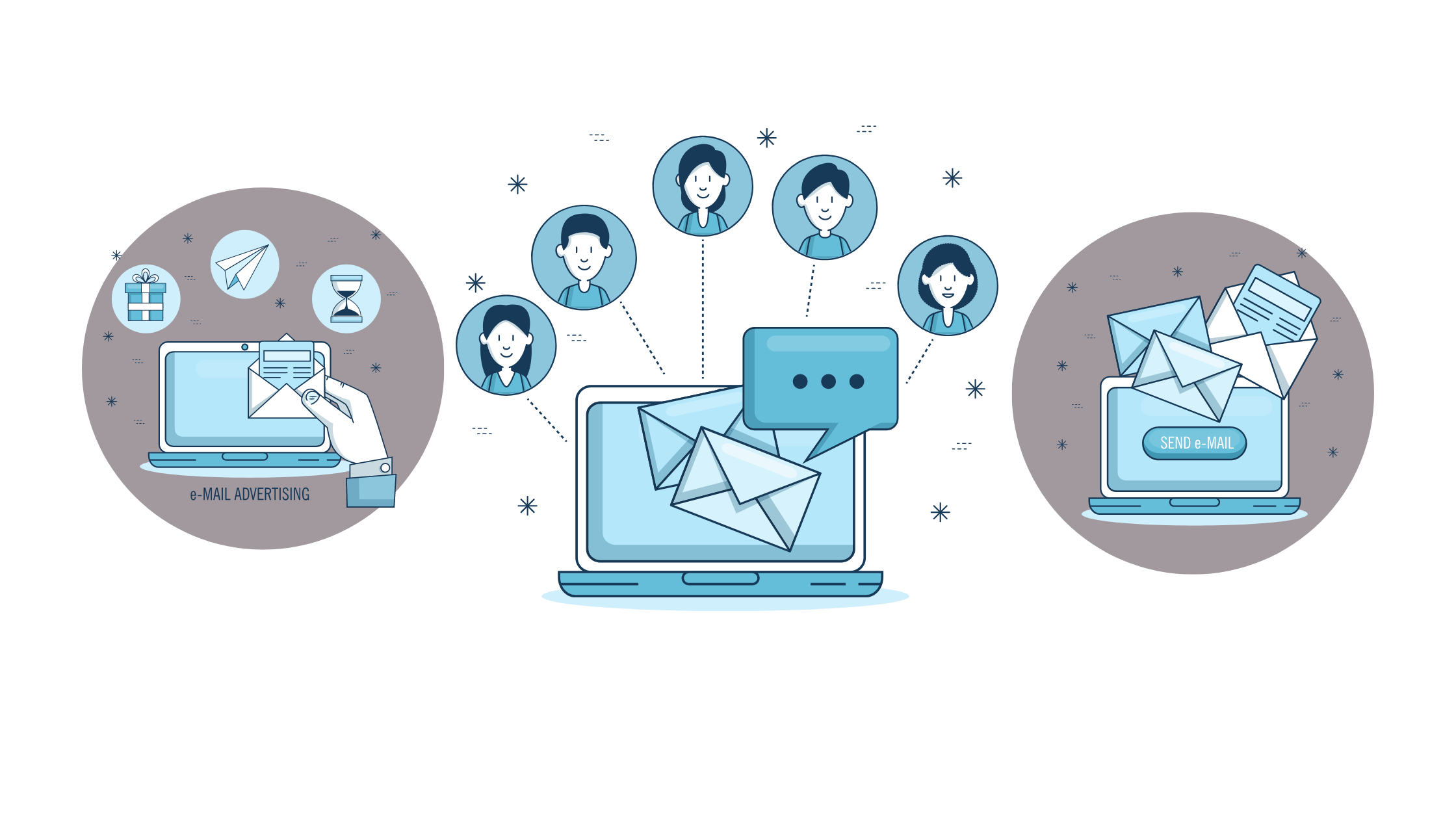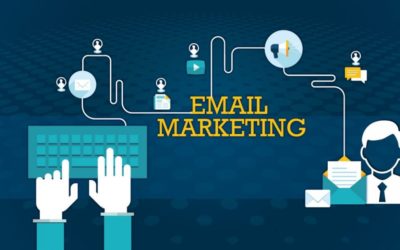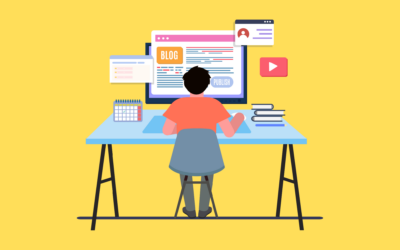What is Email Segmentation?
By using predetermined criteria, email subscribers are divided into smaller segments through segmentation. Email Segmentation is mainly used as a personalization strategy to offer more pertinent email marketing to subscribers according to their geography, interests, past purchases, and a variety of other factors.
Instead of sending a single mass message to everyone, segments are made so that the marketer may particularly cater to each unique email list and that list’s independent interests. Customers stop engaging when they realize they aren’t getting useful stuff. Your entire database will receive generic material if you don’t segment your marketing list.
Importance of email segmentation:
1. Send more vital content:
Your audience is more likely to stay engaged with emails that are more relatable to them. Since no email audience is a homogeneous group, segmenting your email list according to certain audience traits might help you improve relevance.
2. Send Accurate emails:
If you bombard your list with emails, you run the risk of scaring away the more inclined subscribers. However, if you don’t send out emails regularly enough, you could be passing on a chance to interact with your most devoted followers. Segmenting your email will help you maximize email frequency. Choose the most active subscribers, and then isolate them in a separate section of your email list.
3. Advance your audience through the channel:
Your email campaign’s main objective is to increase sales. You might increase your conversion rate by sending subscribers emails that are relevant to where they are in the conversion channel. They may be more willing to pay if they are aware of the level of quality they may anticipate from your content. Depending on how well your email subscribers connect with your content, you may adjust your targeting.
4. Stages of the sales cycle:
When your email arrives in the inbox of your readers, they will be at various points in the sales cycle. You must target clients with the material they need at each stage of the buying process to optimize your effect and their experience. You may divide your audience based on where they are in the buyer’s journey. Not only that, but you should be sending them welcome emails and articles to introduce your business if they have just joined your marketing list. They’ll need follow-up content after they’ve just purchased to keep them interested.
Segmenting your Email:
So, now the main question is how will you segment your email and on what terms. Let us dive into knowing them.
1. Geographic Segmentation:
Customers’ purchasing decisions are greatly influenced by targeting them depending on their location. The location of your customers is crucial information to know, particularly if you’re directing customers to literal businesses or giving delivery updates. Businesses that sell goods or services targeted to a particular neighborhood, state, region, nation, or collection of nations use geographic segmentation.
2. Content Segmentation:
You must rely on information gathered about certain subscribers. Users may be divided into groups according to how they respond to your email marketing, which is simple and easy to do. You need to know about, what pages on your website did your subscribers visit? Did they make any purchases? Which information did they download? What devices did they use? Etc.
3. Behavioral Segmentation:
The most effective email segmentation strategy is behavioral segmentation. By identifying and differentiating consumers based on their behaviors and/or preferences, behavioral segmentation is a type of data and customer profiling. It is determined by consumer activity on your other platforms, such as your website. The possibility of customer retention and loyalty is increased when businesses target particular consumer groups with more relevant product offers. To develop behavioral audience groups, you may also use information such as purchase history and average order value.
4. Demographic Segmentation:
Customer data like age, gender, marital status, and work title are used in demographic segments. When new subscribers sign up to receive your email marketing, you should gather this information. You may enhance your open rates, click-through rates, and eventually revenue, by using demographic segmentation. It’s also one of the simplest types of marketing to generate, as it is automated.
5. Preferences segmentation:
Preferences should constantly be gathered, particularly throughout the inviting series and re-engagement activities. This information includes things like the organizations, publications, or issues they’re interested in, as well as how frequently they’d want to understand from you. You may increase consumer involvement for each category by encouraging them to alter their choices.
Wrapping it up:
Email segmentation is important, as not all your email receivers are interested in getting emails that do not concern them. Segmenting Email will help businesses cater for their audience more personally, they would know how to attract new and older customers through email segmentation based on the customer’s choices. Email segmentation also makes work easier and simpler.





